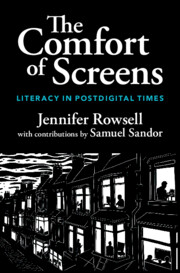Over sixteen months in 1857 and 1858, Walter Buller produced a weekly newspaper for Māori of the Wellington region in their own language. Although he was the son of a Wesleyan missionary and an official interpreter, the niupepa was neither a church nor a government publication, although it promoted discourses favoured by both. A number of niupepa had preceded Buller's Te Karere o Poneke, the first appearing in 1842, but his paper was distinctive in the sizable platform he provided for correspondence. Over half of the items printed comprised letters from Māori, many of them commenting on, and occasionally critiquing the colonial milieu.
The concept of “public sphere” is heavily theorized, often postulated in acultural terms (although suspiciously European in form) and it is debatable if Te Karere o Poneke's readership and their engagement with the textual discourse meet the theory's required criteria of constituting a public sphere. New Zealand was annexed to the British Empire in 1840, meaning that by 1857 colonization was still a relatively new phenomenon, but with substantial immigration and a developing infrastructure, change was both extensive and dynamic. According to the theory, it may be difficult to apply the concept of “public sphere” to Māori anytime during the changing contexts of nineteenth-century colonialism, and indeed other colonised cultures for whom the advent of literacy, Christianity, market economy and colonial administration had been sudden and unexpected. Of course this does not mean that Māori lacked a voice, at times critical. Using Te Karere o Poneke as a case study, this essay argues that Wellington Māori of 1857 do not readily fit the Western model of the “public sphere”, but they nevertheless utilized the discursive spaces available to them to discuss and evaluate the world they now encountered.
